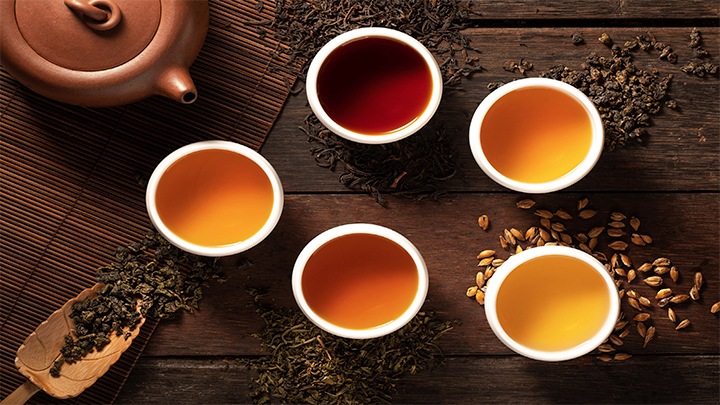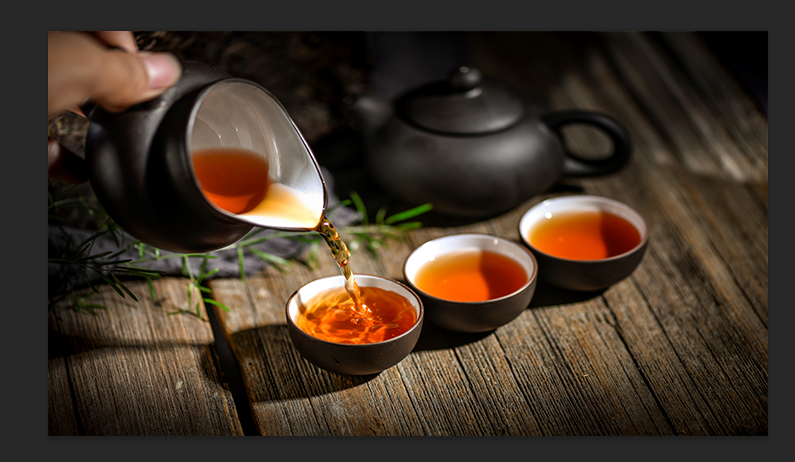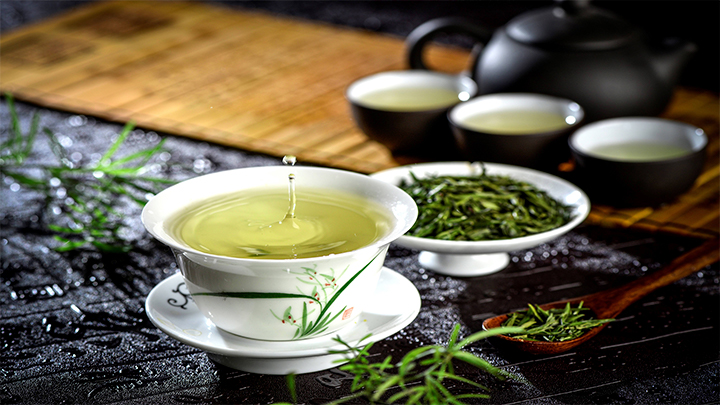The Classification of Chinese Green Tea: A Guide to Grading
Chinese green tea is known for its exquisite flavor, vibrant colors, and rich history. It is one of the most popular types of tea in the world, with various grades to reflect its quality and characteristics. Understanding the grading system for Chinese green tea can enhance your appreciation of this ancient beverage. Introduction to Grading Chinese Green Tea Grading Chinese green tea is a meticulous process that involves evaluating tea leaves based on their appearance, aroma, taste, and texture. Grading systems are essential in determining the quality and price of tea leaves. Generally, green tea is divided into several grades, each of which reflects the quality of the tea and the craftsmanship involved in its production. 2. Factors Affecting the Grade of Green Tea The grade of green tea is affected by several factors, including:
- Leaf shape and size : The size, shape, and uniformity of the tea leaves are essential criteria. Premium teas typically have intact, unbroken leaves that are uniform in size and shape. Color : The color of the dried leaves, as well as the brewed tea, plays an important role. Premium green tea has vibrant green leaves and a bright green or golden green brew.
- Aroma : The aroma of green tea is another key factor. High-quality green tea exudes a fresh, floral or grassy aroma that is both fragrant and lingering.
- Taste : The taste of green tea varies from grade to grade. Premium teas have a smooth, refreshing, slightly sweet taste with a delicate aftertaste. Lower grades may taste bitter or lack complexity. Texture: Texture, especially after brewing, is also taken into account. High-quality tea leaves are tender and soft in texture, while lower grades may feel coarse or coarse. 3. Common Grades of Chinese Green Tea Chinese green tea is usually divided into several grades:
-
Premium (extra grade, TèJí) : This is the highest grade of green tea and is usually harvested from the youngest and most tender tea buds in early spring. The tea leaves are carefully hand-picked and are known for their superior flavour, aroma and colour. Examples include Longjing (Longjing) and Biluochun.
First Grade (first grade, YJí) : slightly below the premium grade, the first grade green tea is also of good quality. The leaves are young and tender and the tea leaves provide a well-balanced flavour and aroma. Grade II (Grade II, 😍 r Jí): Grade II green tea is made from slightly older leaves, which can be less uniform in size and shape. Flavor and aroma are still good, but not as refined as higher grades. Grade III (Grade III, Sān Jí): This grade is more common and more readily available. The leaves may be broken or less uniform, and the taste is usually stronger and astringent. Grade IV (Grade IV, Sār Jí) and lower. These are the lowest grades, and are usually made from larger, older leaves or tea dust. 4. Conclusion Knowing the grades of Chinese green tea allows tea lovers to appreciate the subtleties of this ancient beverage. Each grade represents a different quality, craftsmanship, and flavor profile. Whether you are an experienced tea connoisseur or a casual drinker, knowing how to identify and choose high-quality green tea can enhance your tea drinking experience.




